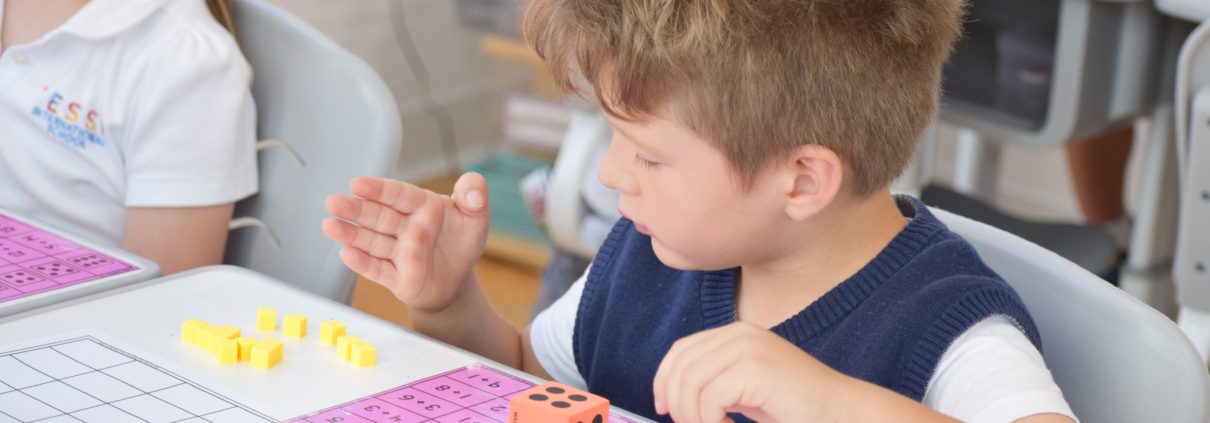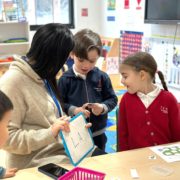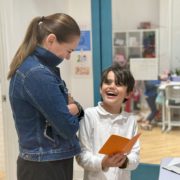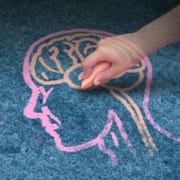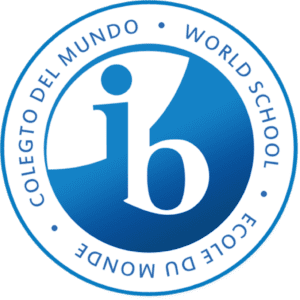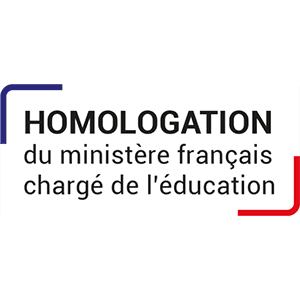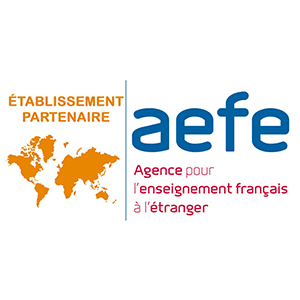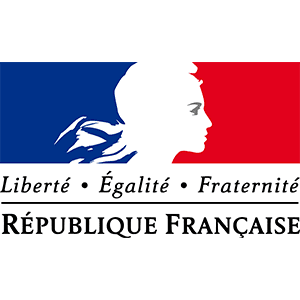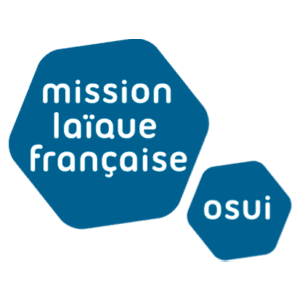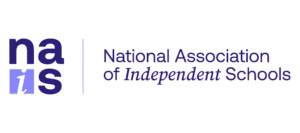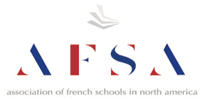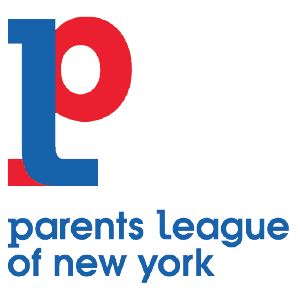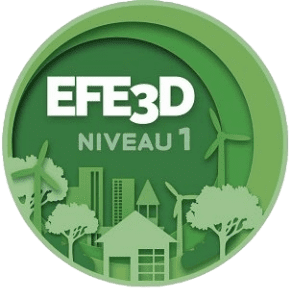Fostering Conceptual Understanding in Tessa International School’s Math Curriculum
We are living in an era of extraordinarily rapid change, where technological advances and global events unfold at an exponential pace every day. Amidst these transformations, we see incredible opportunities for growth and progress in our teaching-and-learning approach, aligned with our mission to prepare students as future leaders who are always ready to move forward.
This is where conceptual understanding comes in. Instead of relying on rote memorization, conceptual understanding engages our students in meaningful Math learning experiences built around consistent concepts, helping them build a solid knowledge with deeper comprehension.
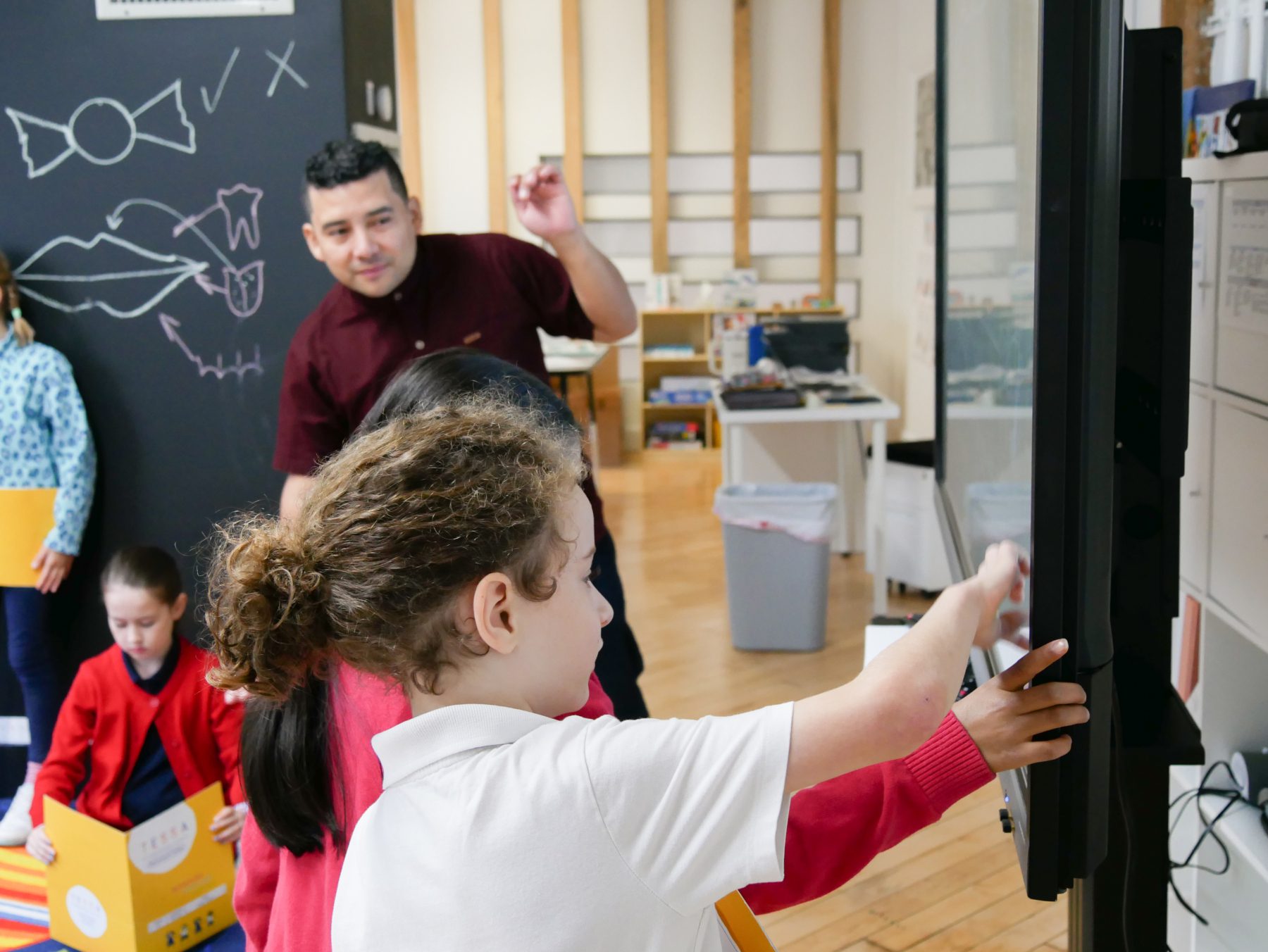
Conceptual understanding allows students to learn knowledge more flexibly and better retain what they have learned.
What Conceptual Understanding Is
Conceptual understanding refers to organizing and connecting seemingly isolated facts in a meaningful way throughout the learning process. This capability of arranging, structuring, and integrating knowledge equips inquirers with cognitive competence, facilitating appropriate retrieval and application across various contexts and disciplines.
In the field of Math, conceptual understanding involves comprehending mathematical concepts, operations, and relationships. When students grasp a math concept, they perceive their knowledge as part of a larger, connected whole, rather than as isolated facts or single approaches. Consequently, conceptual understanding often leads to students finding that there is less to learn, as they can identify underlying similarities in superficially different situations.
Examples of Conceptual Understanding in Math
According to Adding It Up: Helping Students Learn Math (National Academies Press, 2001), in addition to fluently verbalizing relationships among concepts, another significant indicator of conceptual understanding is the ability to represent Math situations differently and recognizing how they can be useful for different purposes.
Take adding and subtracting fractions as an example. Students demonstrate conceptual understanding when they are able to use real-life examples, visual models (such as number bars), and the common denominator method to arrive at the same answer. Operating different representations exemplifies how students move from understanding the Part to Whole concept to pure algorithmic steps, which also can support them to draw connections with integration in calculus at higher levels in the future.
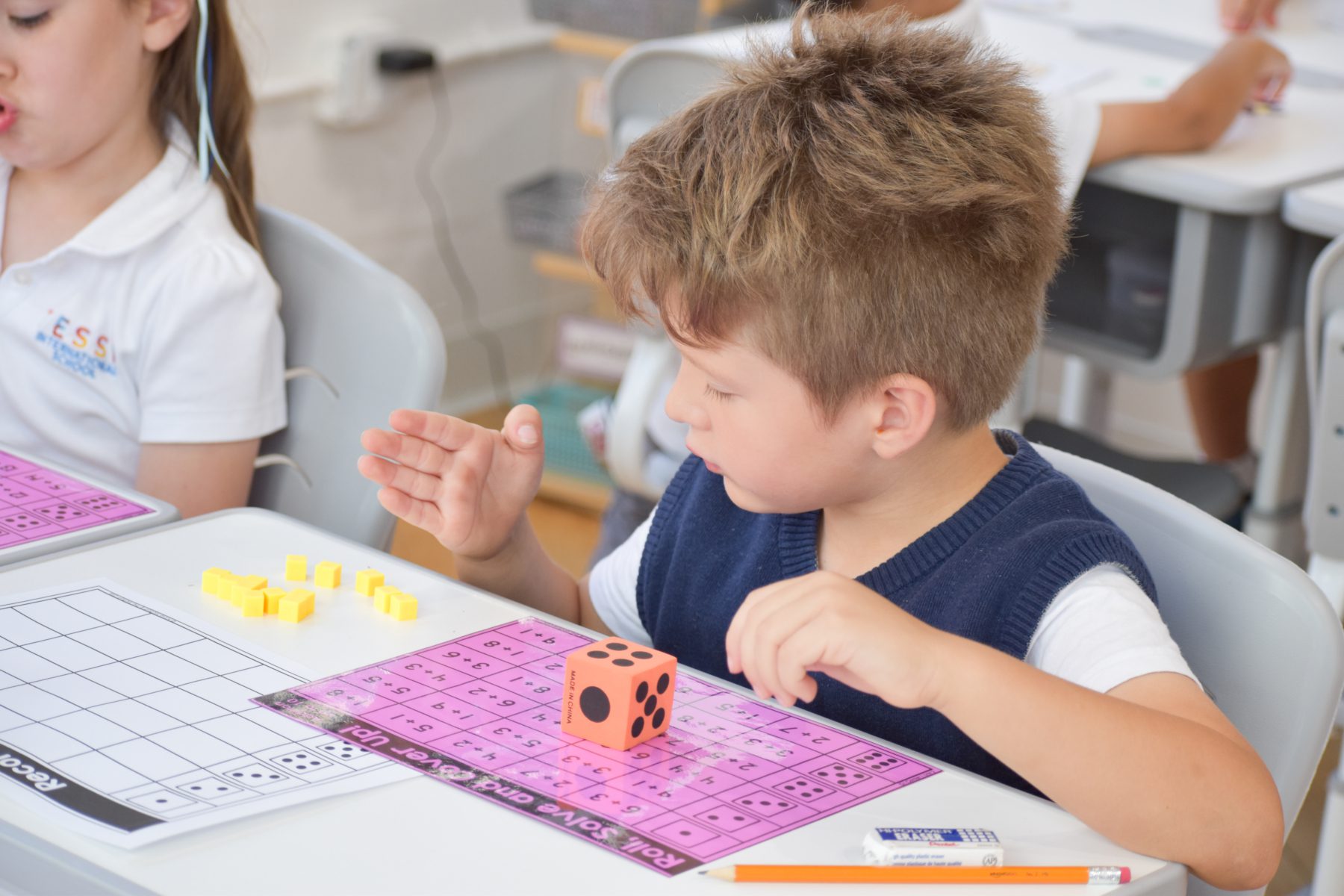
The degree of conceptual understanding is related to the richness and extent of the connections students have made.
Math Education at Tessa
At Tessa International School, we believe Math is more than just memorizing formulas. We ensure our students to truly understand the “why” behind every concept and how it applies to their interactions with the world through an integrated curriculum of IB PYP Math and Singapore Math.
IB PYP Math
Concept-driven learning is at the heart of the International Baccalaureate Primary Years Programme (IB PYP), and Math, rather than being seen as a series of equations and theorems to be memorized, is viewed as a way of thinking that helps learners make sense of the world.
In this philosophy, the development of conceptual understanding can start much earlier than we might imagine, as IB PYP emphasizes the importance of the realistic, relevant conditions in which students live. Students acquire knowledge and skills by abstracting from their real-life experiences into symbolic notations and validating their understanding through problem-solving, where conceptual understanding shines.
Singapore Math
To fulfill the above idea that Math is a way of thinking, we implement the Singapore Math approach from the Preschool to Primary School at Tessa, which is known for its intentional sequencing of concepts. This approach purposefully and efficiently organizes the Math terrain for students, breaking down complex concepts into simpler components to build a strong foundation of knowledge for higher level studying.
One of the key features of Singapore Math methodology is the Concrete-Pictorial-Abstract (CPA) progression, based on the work of American psychologist Jerome Bruner. The three-step learning method introduces Math concepts in a tangible way and progresses through increasing levels of abstraction. As the name suggests, students gradually gain a deeper understanding of a concept at hand through three modes of representations:
- Physical objects (Concrete),
- Visual diagrams (Pictorial),
- Math symbols and numbers (Abstract).
A core principle of this method is that learning is not linear but should be revisited and built upon, with a strong sense of connectivity and increasing complexity. While the Singapore Math approach refers to this as a strategy of mental Math, the CPA method indicates the reasoning, arranging, and communicating of understanding at a conceptual level.
There are multiple reasons why we love Math – we admire its intrinsic logic and beauty, and we value the passions and curiosity it inspires. More importantly, learning Math not only helps our students become more academically successful problem solvers, but its insistence on conceptual depth also develops a sense of resourcefulness and confidence, preparing them to excel in more complicated adventures, both within and beyond the classroom.
Are you ready to explore the only international leading private school in Hoboken?
Contact Tessa International School to learn more!


